
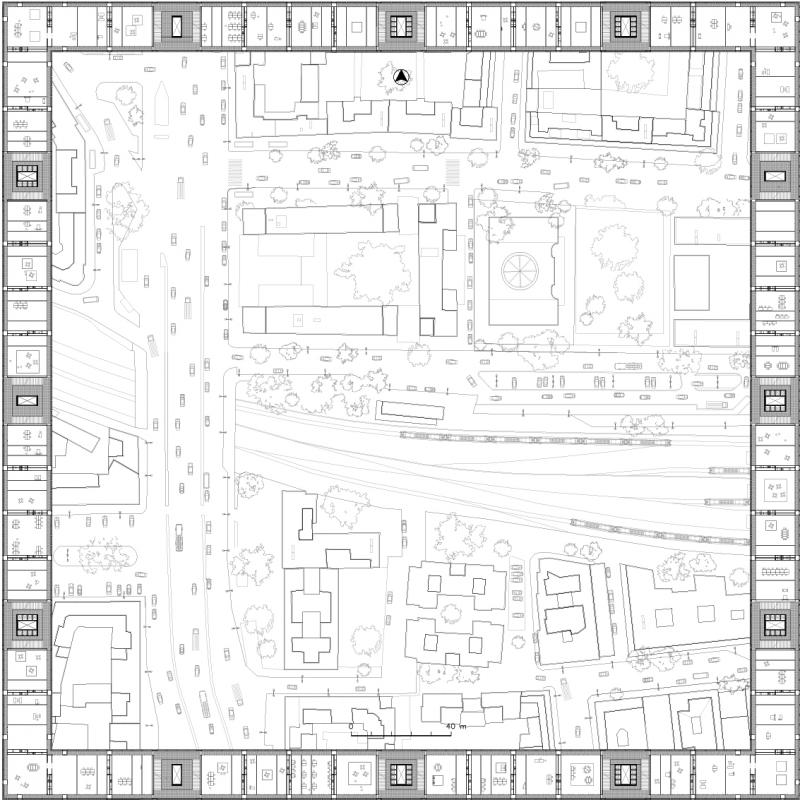
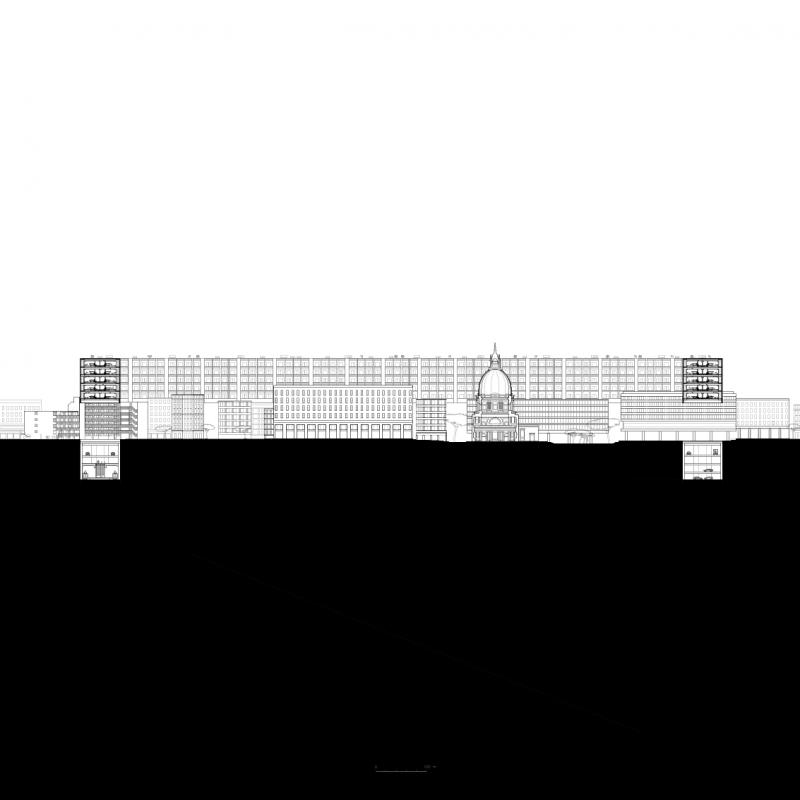
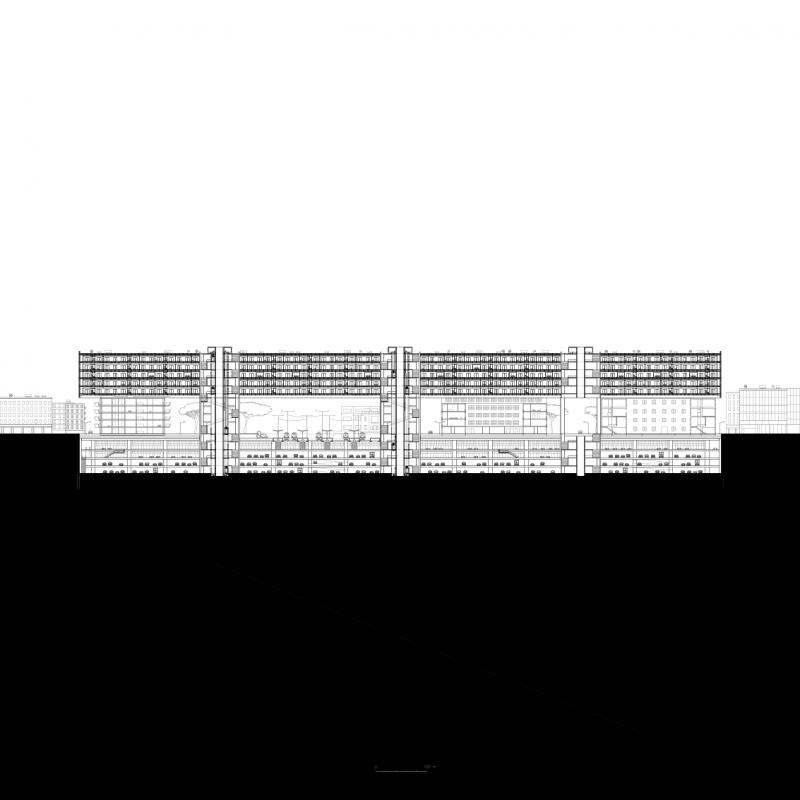
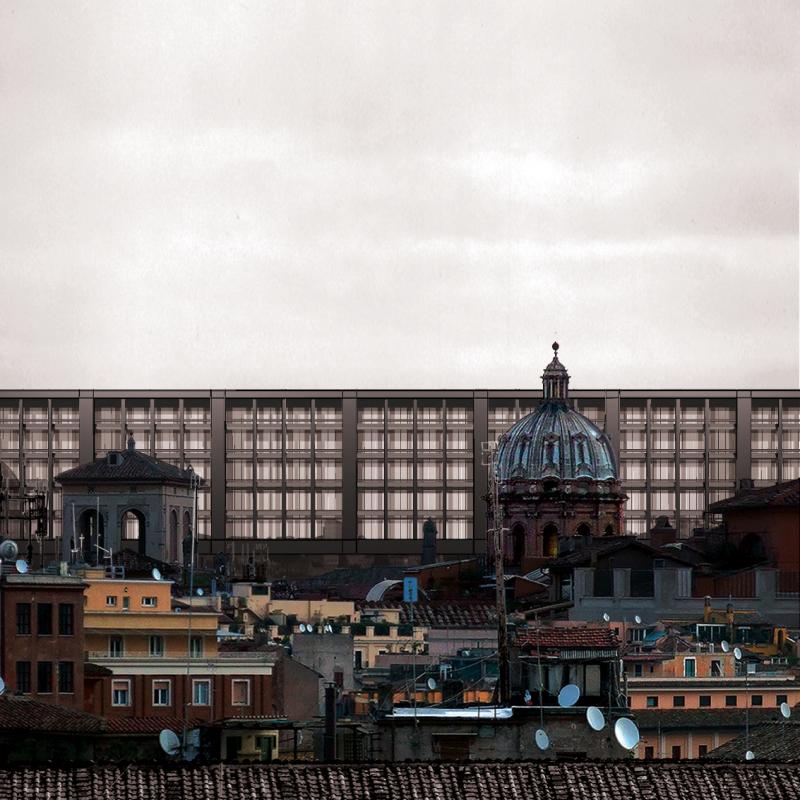

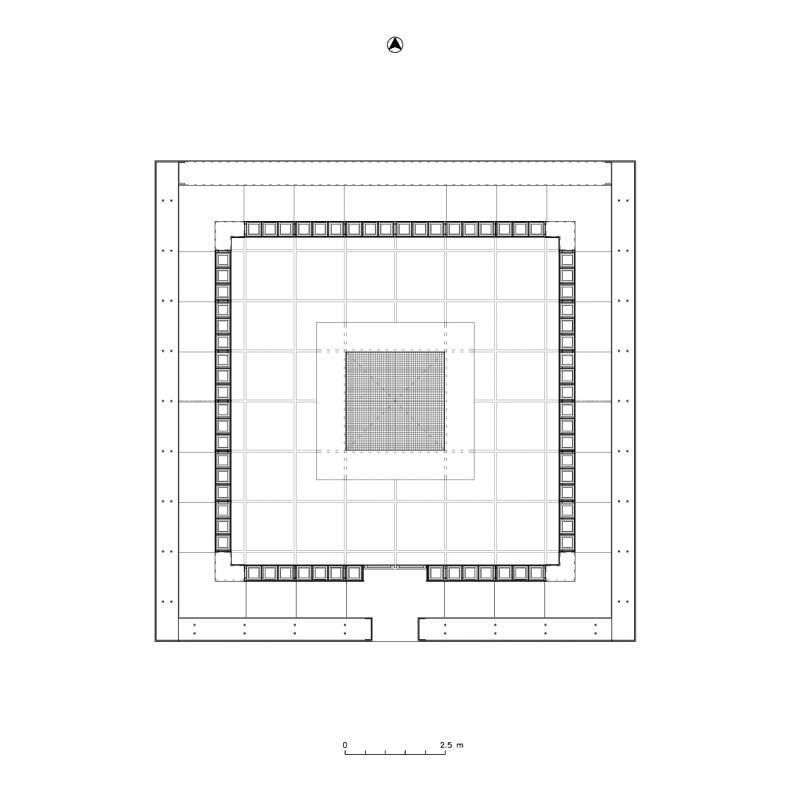
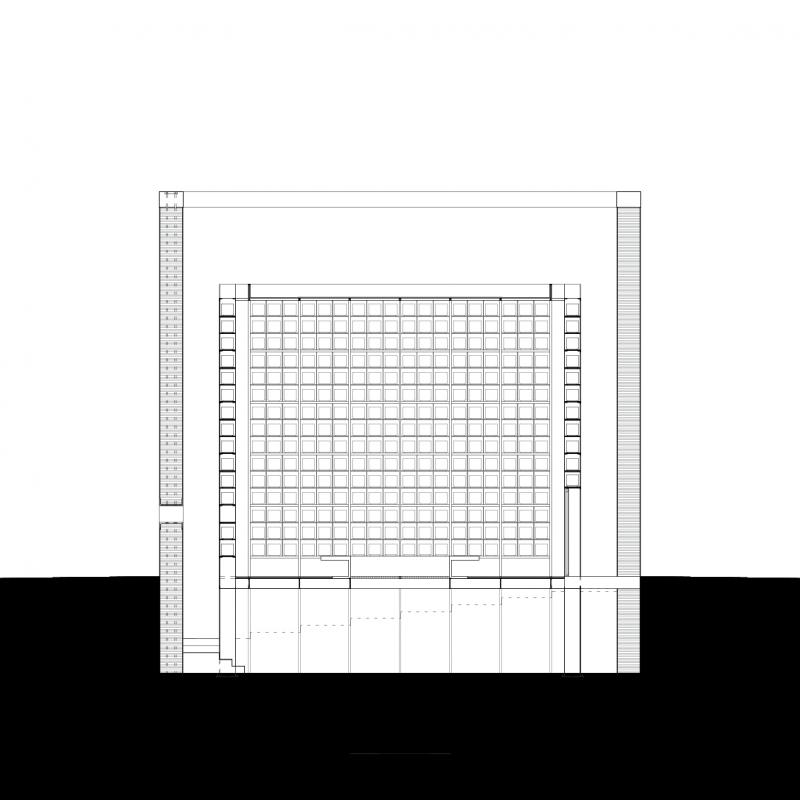
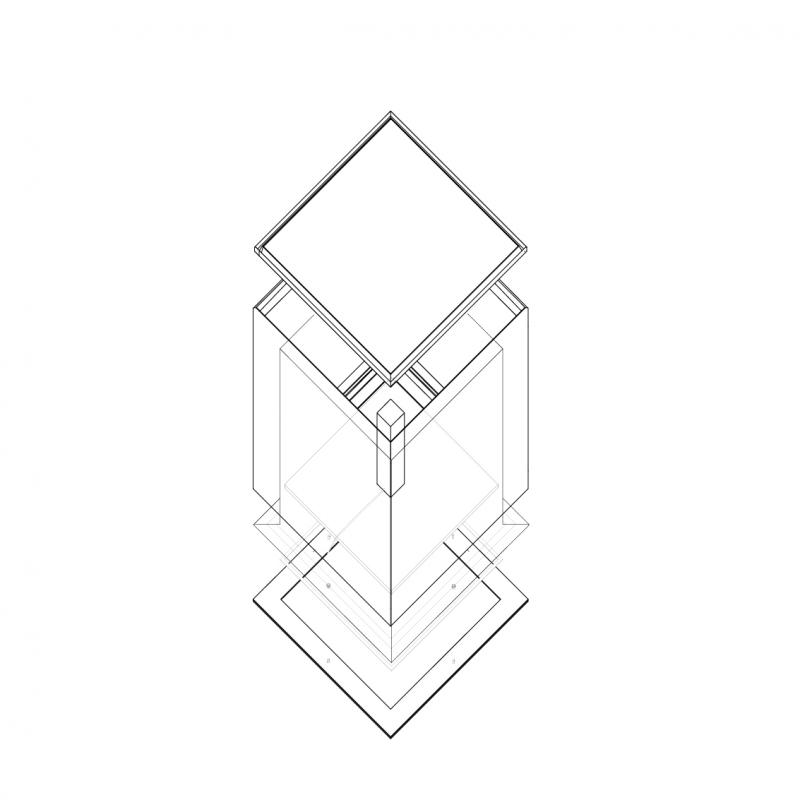

What Remains of Man: Architecture of the Living Dead
In today’s post-fordist economy, Capital has managed to blur the dualism of body and soul by creating a workforce where everything related to the Soul such as language, creativity and general intellect, is used for production. This project explores this dualism in labour and architecture through the dialectics between the machine and the monument.